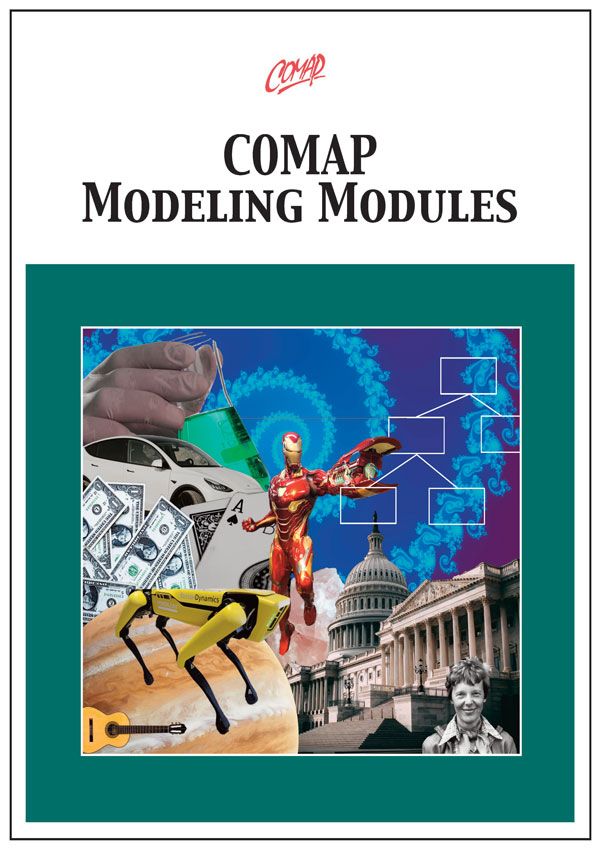Modeling the Kemp's Ridley Sea Turtle Population (Modeling Module)
Author: Marsha Davis
In this modeling module students will investigate the rise and fall of the Kemp’s ridley sea turtle population. The Preparation Reading, The Kemp’s Ridley Sea Turtle, introduces one problem for this turtle – strandings due to cold weather. The reading ends with two modeling questions, the first deals with how to determine the population size for the Kemp’s ridley sea turtle and the second asks about mathematical forms that might make good candidates for population models. A Preliminary Activity, Modeling World Population Growth, follows this reading. In this activity, students create two models for the size of the world’s population, a linear model and an exponential model.
Activity 1, Detecting Exponential Patterns, provides mathematical preparation for the exponential models that students will develop in Activities 2 – 4. Students learn that applying a logarithmic transformation to exponential data will straighten the data.
In Activity 2, The Decline of the Kemp’s Ridley Sea Turtle, students create models to predict the size of the nesting female Kemp’s ridley population at Rancho Nuevo, Mexico (the primary nesting site) based on data from two time periods, 1947 – 1986 and 1978 – 1985. They use these models to predict the year in which the Kemp’s ridley sea turtle would face extinction if no outside forces intervened to change the declining trend in population.
Activity 3, Turtle Rebound, provides a more optimistic picture for the turtle due, in part, to a regulation requiring the use of turtle excluder devices (TEDs) on shrimp trawlers. Students develop models based on two datasets, one from Rancho Nuevo over the time period 1988 – 2006 and the other from the Texas coast (a secondary nesting site) over the time period 1996 – 2009. They use their model for Rancho Nuevo to predict when the status of the Kemp’s ridley sea turtle might be upgraded from “endangered” to “threatened.” Activity 3 concludes with concern over the possible impact of the 2010 Deepwater Horizon oil spill on Kemp’s ridley sea turtles.
In Activity 4, Kemp’s Ridleys After the Deepwater Horizon Disaster, students write a report on the rise and fall of the Kemp’s ridley population. As part of this report, they analyze two datasets, one from beaches in Mexico and the other from the Texas coast, that contain the number of nests for years beyond 2010.

Mathematics Topics:
Application Areas:
Prerequisites:
You must have one of our Free Memberships or a paid Full Membership to download this resource.
If you're already a member, login here.